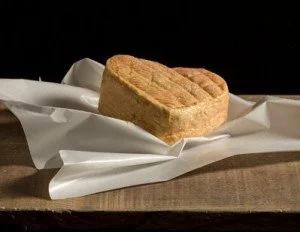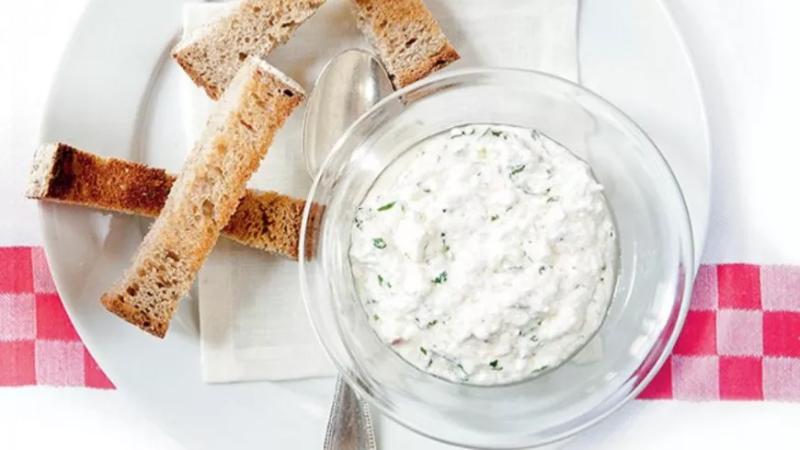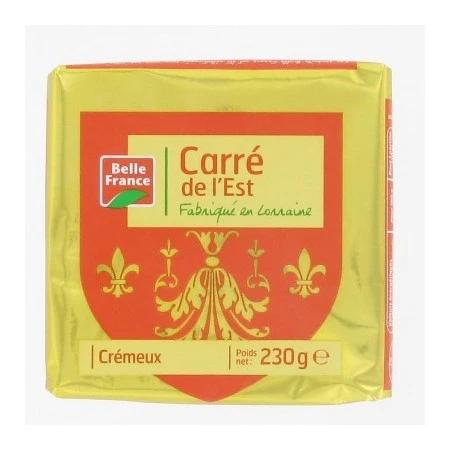Authentic Italian Salami: Your Identification Guide
Imagine this: You're standing in front of a deli counter, eyes scanning the array of cured meats, and you feel like you're at an art gallery. Each salami is a masterpiece, but how do you know which ones are the real deal? Identifying authentic Italian salami is like spotting a Picasso in a sea of knock-offs. But don't worry, I've got you covered. Let's dive into the world of genuine Italian salami and make sure you never settle for less than the best.
 A close-up image of a variety of authentic Italian salami slices arranged on a wooden cutting board, with a rustic knife and a glass of red wine in the background.
A close-up image of a variety of authentic Italian salami slices arranged on a wooden cutting board, with a rustic knife and a glass of red wine in the background.
The Art of Appearance
When exploring the world of Italian salami, it's essential to know how to identify authentic Italian salami. The first thing to note is the appearance. Genuine Italian salami often has a natural casing, giving it a slightly coarse texture. Look for a beautiful marbling of meat and fat; this balance is crucial for flavor. If the salami has an overly shiny or uniform look, it may not be authentic.
Pro Insider Secrets
Industry Insight: Authentic Italian salami is often hand-tied with natural fibers, adding to its rustic charm.
Unique Perspective: The marbling in salami is not just about aesthetics; it's about the perfect ratio of lean meat to fat, which enhances the flavor profile.
Internal Product Links:
 An image of a traditional Italian deli counter with hanging salami, prosciutto, and other cured meats, with a smiling deli owner behind the counter.
An image of a traditional Italian deli counter with hanging salami, prosciutto, and other cured meats, with a smiling deli owner behind the counter.
The Aroma of Authenticity
Next, pay attention to the aroma. Authentic Italian salami should have a rich, savory scent. The smell should be inviting, hinting at the spices and herbs used in its preparation. If the salami has a faint or artificial smell, it's likely not the real deal. Remember, the best salami is made using traditional methods and high-quality ingredients, which contribute to its distinctive fragrance.
Myth-Busting Corner
Myth: All salami smells the same.
Reality: Authentic Italian salami has a unique, rich aroma that sets it apart from mass-produced varieties.
Practical Takeaway: Always give your salami a good sniff before buying. Your nose knows best!
Internal Product Links:
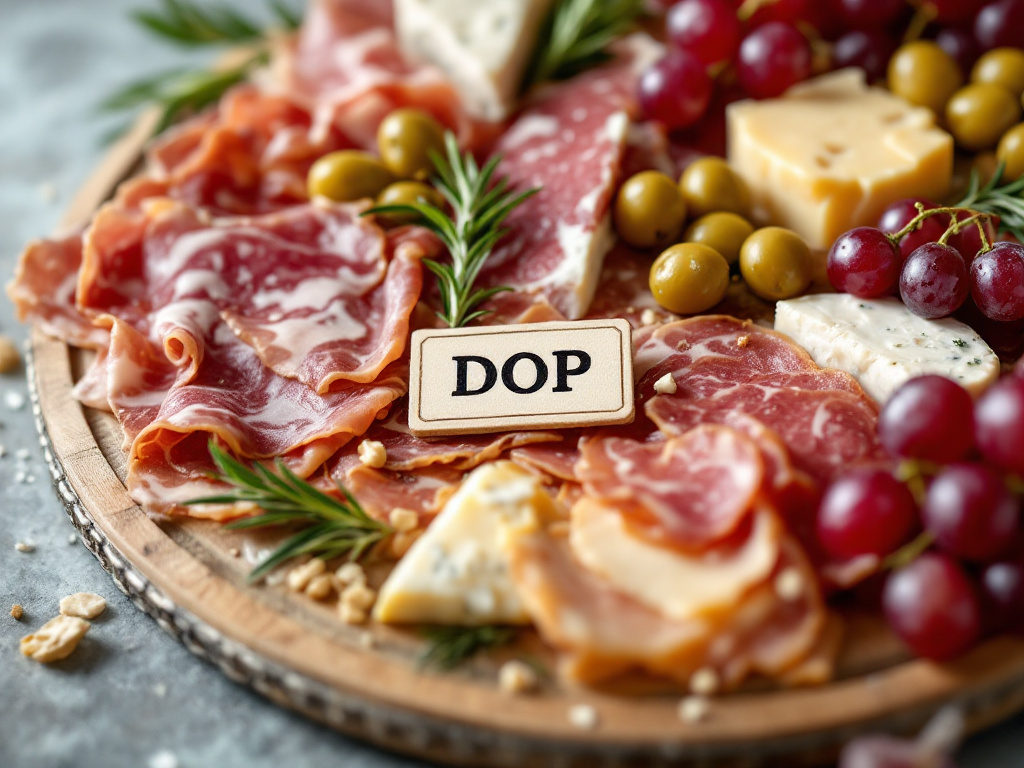
A photo of a charcuterie board featuring an assortment of Italian salami, cheeses, olives, and grapes, with a label highlighting the DOP certification.
The Taste Test
Another crucial aspect is the taste. When you take a bite, real Italian salami should burst with flavor. You might detect hints of garlic, pepper, or even a touch of wine, depending on the type of salami. If it tastes overly salty or lacks depth, it may not be authentic. Always trust your palate and seek out those rich, satisfying flavors that make Italian salami a cherished delicacy.
Expert Roundup
Industry Professional Quote: "The first bite of authentic Italian salami should be a symphony of flavors, each note playing its part in the overall harmony." - Giovanni Rossi, Salami Maestro
Diverse Perspectives: Different regions in Italy have their unique salami recipes, each with its own flavor profile and spice blend.
Internal Product Links:
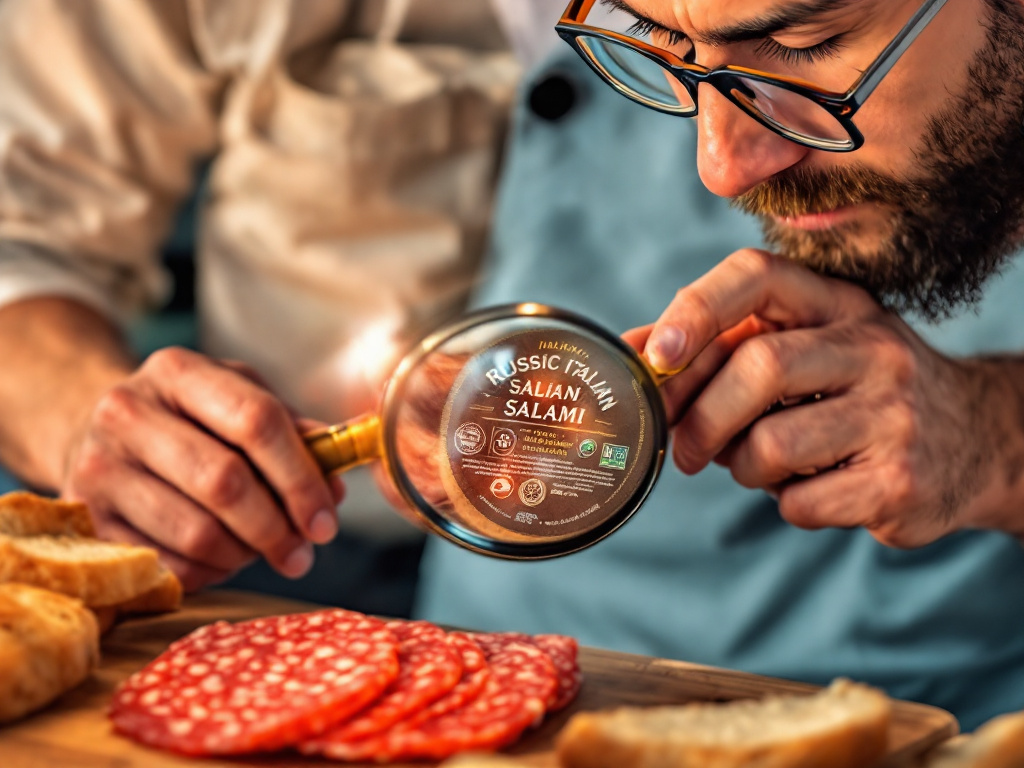 An image of a person carefully examining the label of an Italian salami package, with a magnifying glass, highlighting the key ingredients and certifications.
An image of a person carefully examining the label of an Italian salami package, with a magnifying glass, highlighting the key ingredients and certifications.
Check for Certification
Lastly, check for certification and labeling. Authentic Italian salami often comes with specific designations indicating its origin, such as DOP (Denominazione di Origine Protetta). This certification ensures the product meets strict standards and is made in designated regions of Italy. Knowing how to identify authentic Italian salami involves looking for these labels and understanding what they signify for quality and tradition.
Insider Tip: The DOP certification is not just a stamp of approval; it's a guarantee that the salami has been produced following centuries-old traditions and strict quality controls.
Future Trends: As the demand for authentic Italian products grows, expect to see more emphasis on certifications and transparency in labeling.
Related Product Links from our online shop:
Funny Story Time!
Picture this: I'm in a tiny Italian village, standing in a deli that's been there for generations. The owner, a jovial man with a mustache that could rival any Italian stereotype, hands me a slice of salami. "This," he says, "is the real deal." I take a bite, and it's like a flavor explosion in my mouth. I swear, I saw fireworks. I looked at him, wide-eyed, and said, "This isn't just salami; it's a party in my mouth, and everyone's invited!" He laughed so hard, I thought he might keel over. But that's the magic of authentic Italian salami—it's not just food; it's an experience.
Conclusion
So there you have it—your guide to identifying authentic Italian salami. Remember, it's all about the appearance, aroma, taste, and certification. Don't settle for anything less than the real deal. Your taste buds will thank you, and you'll be the star of your next charcuterie party. Now go forth and salami with confidence!
References
- Italian Salami Guide - A comprehensive guide to Italian salami varieties and their origins.
- DOP Certification - Learn more about the Denominazione di Origine Protetta certification and its significance.
- Italian Cured Meats - Explore the world of Italian cured meats and their traditional production methods.
- Salami Tasting Tips - Expert tips on how to taste and appreciate authentic Italian salami.
- Italian Deli Foods - Discover a wide range of Italian deli foods and their culinary uses.

